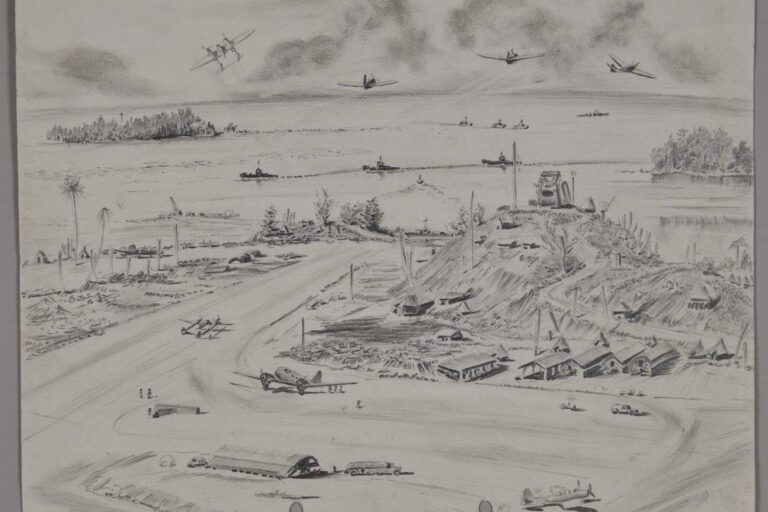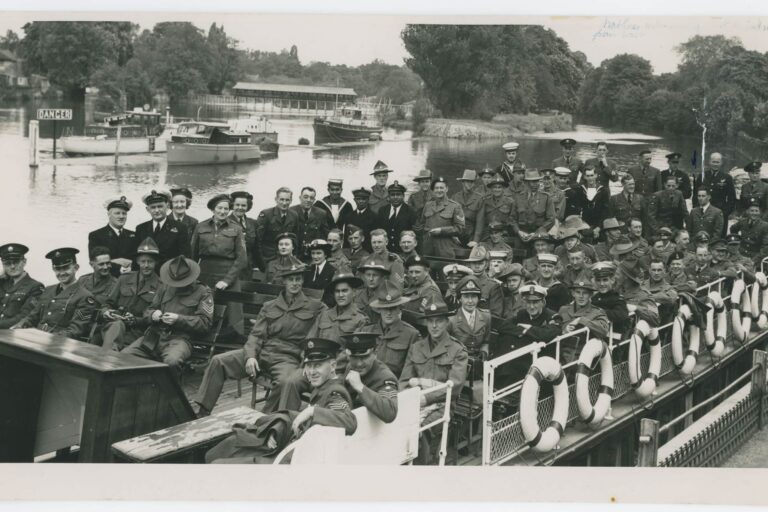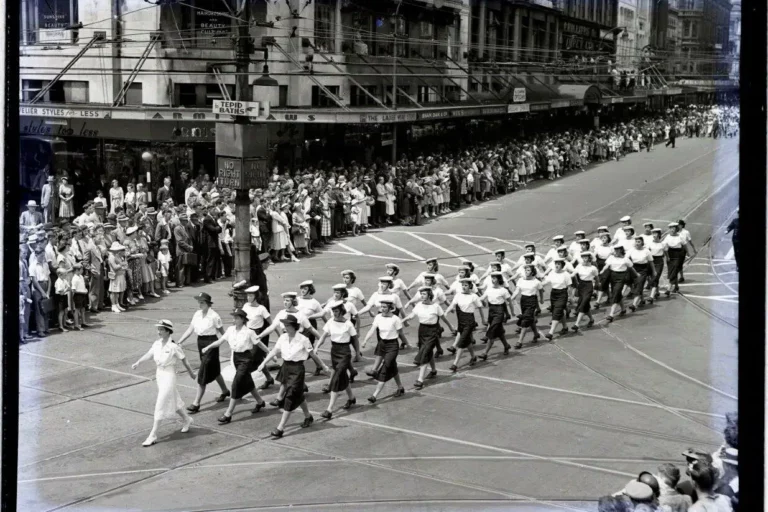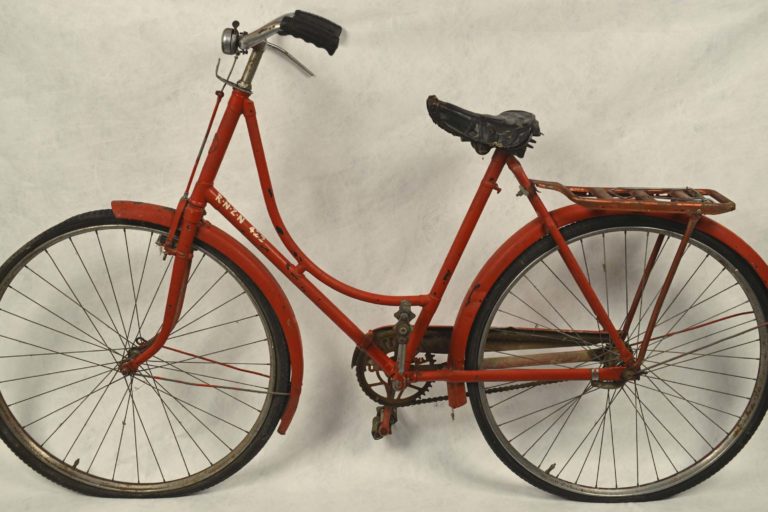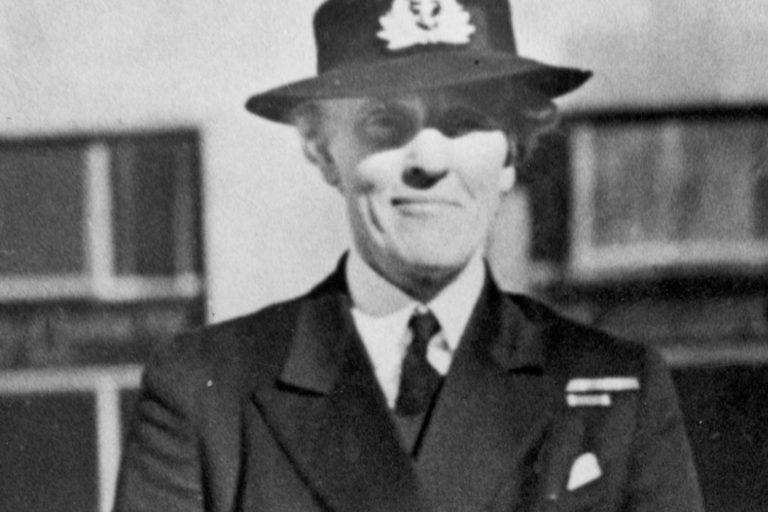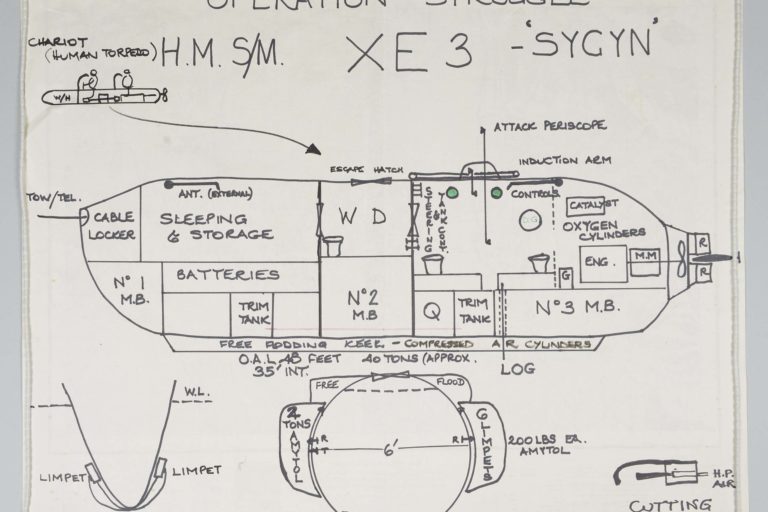The Women’s Royal New Zealand Naval Service (WRNZNS) or ‘Wrens’ came into being on 11 April 1942 with the approval of the War Cabinet. In July 1951, the Ventor Hotel was purchased by the RNZN to be the barracks for the WRNZNS. A year was taken up with refurbishment and the first group of 71 Wrens arrived in July 1952. This was christened as Elizabeth House.
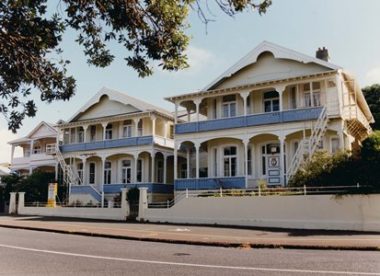
Elizabeth House
The Women’s Royal New Zealand Naval Service (WRNZNS) or ‘Wrens’ came into being on 11 April 1942 with the approval of the War Cabinet. During the Second World War, some 700 women served in the WRNZNS at various locations within New Zealand. It was estimated that accommodation for forty Wrens in Wellington and sixty in Devonport.[1] HMNZS Tamaki was considered but it proved too expensive to refit some of the barracks for use by women. In addition, accommodation at HMNZS Philomel was also difficult due to the demands on the accommodation spaces currently in use.
Finding accommodation for the first twenty-four women that Wrens that joined by the end of 1942 proved an arduous battle. Initially, some were quartered in the Wardroom at HMNZS Philomel to the great interest of the sailors on duty. Those who had family in Auckland were given permission to live at home and travel to the naval base for their duties. Later on, barracks were made available on Mount Victoria in Devonport when the Army moved out.[2]
Because of the increase in numbers serving in Auckland by late 1943 it was clear to Ruth Herrick, the Director of the WRNZNS that suitable accommodation needed to be found in the Devonport Area. In 1944, the Ventnor Private Hotel was taken over under wartime legislation by the RNZN and made into the Accommodation for the WRNZNS based in Auckland working at HMNZS Philomel. When compared to the Spartan accommodation at Mount Victoria, the private hotel was an enjoyable luxury. At the conclusion of the war it returned to civilian control. The government could accommodate fifty Wrens at the sum of £2-2-0 each which covered their bed, breakfast, dinner and a Sunday lunch for a period of six weeks. The cost would increase if the personnel stayed for shorter terms. The plans were approved by the Minister and Accommodation Board on Christmas Eve 1942 and the first Wrens moved in on 7 January 1943.[3]
By this time the accommodation for 3 officers and 223 ratings was as follows:[4]
Mt. Victoria – 3 officers and 121 ratings
Elizabeth House – 60 ratings
Wren Annexe Margaret House – 12 ratings
Officers Block – 15 ratings
Station PUNA (Degaussing Range) – 15 ratings
It was expected that Auckland would require accommodation for up to 280 Wrens but by December 1944 on 211 Wrens were serving in Auckland of which 70 were being paid an allowance to stay in their private accommodation.[5] Second Officer M.V. Morten joined the RNZN in 1942 as probationary Wren. After three months she was promoted to Leading Wren:
“Elizabeth House. I’ve still got lots of very good memories of Elizabeth House. The Wrens had parties, and Christmas, there were parties and Christmas dinners, dances and all sorts of things. It really was a very happy time.”
In Wellington, the first Wrens were accommodated at the YWCA while a property at 39 Hobson Street was refurbished to accommodate fifty Wrens. This was begun in late 1943. Due to the pressure of limited space in Auckland, some Wrens were transferred to Wellington for training. To provide space, four 8-man huts equipped with six bunks each were constructed.[6]
In 1946 the WRNZNS was disbanded only to be re-established in 1947 as a direct consequence of the mutiny that took place in that year. By 1949 there were ten officers and 120 ratings serving as Wrens.
The first location for the accommodation of the WRNZNS was at 99 Calliope Road, Devonport which subsequently became the HQ for the Commodore Auckland. They were then moved down to Philomel which required a range of precautionary measures to prevent curious sailors looking in. However, this was a temporary measure and something more permanent needed to be found.
In July 1951, the Ventor Hotel was purchased by the RNZN to be the barracks for the WRNZNS. A year was taken up with refurbishment and the first group of 71 Wrens arrived in July 1952. This was christened as Elizabeth House. The need for further accommodation meant that in 1952 a two-storey building in Calliope Road was purchased and given the name Margaret House. A report dated in 1953 noted that:
These two establishments can now provide accommodation of a high standard for 91 WRNZNS ratings. This greatly relived the overcrowding in HMNZS PHILOMEL barracks where one block was previously occupied by member of the Women’s Service.[7]
Margaret House remained in use until the late 1970s when it was handed over to the Army as a mess for senior NCOs.
The WRNZNS was formally disbanded in July 1977 and the first intake of combined male and female trainees took place in September 1979. During this time of transition Elizabeth House remained in use but by the late 1980s it had served its purpose. When HMNZS Tamaki, the training establishment for the RNZN was relocated to the North Yard in 1993, Elizabeth House was sold off as part of the rationalisation of property and has been converted into privately owned apartments.
[1] N15/1 Naval Staff Narrative prepared by Wren Miss M White for RNZN official history c1946, p. 1.
[2] N15/1 Naval Staff Narrative prepared by Wren Miss M White for RNZN official history c1946, p. 1.
[3] N15/1 Naval Staff Narrative prepared by Wren Miss M White for RNZN official history c1946, p. 1.
[4] N15/1 Naval Staff Narrative prepared by Wren Miss M White for RNZN official history c1946, p. 2.
[5] N15/1 Naval Staff Narrative prepared by Wren Miss M White for RNZN official history c1946, p. 2.
[6] N15/1 Naval Staff Narrative prepared by Wren Miss M White for RNZN official history c1946, p. 3.
[7] Extract Taken from the Report to the New Zealand Government by the New Zealand Naval Board: 1st April 1952 To 31st March 1953, Section II General Survey.



